Posts on the Topic Cardboard
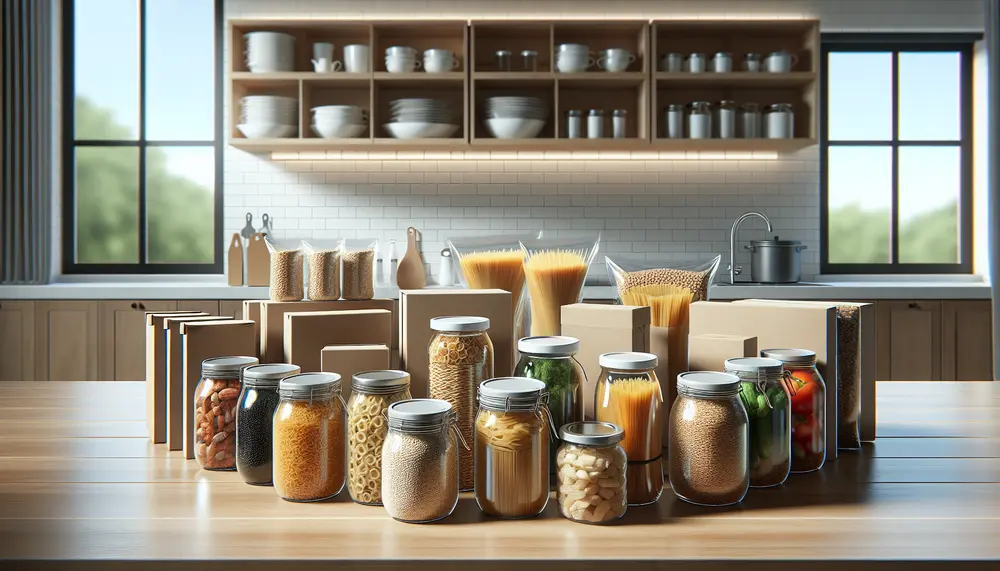
Ensuring Safety and Quality: Understanding Food Grade Packaging Statements
What is a Food Grade Packaging Statement A Food Grade Packaging Statement is a crucial declaration that ensures the materials used in packaging are s...
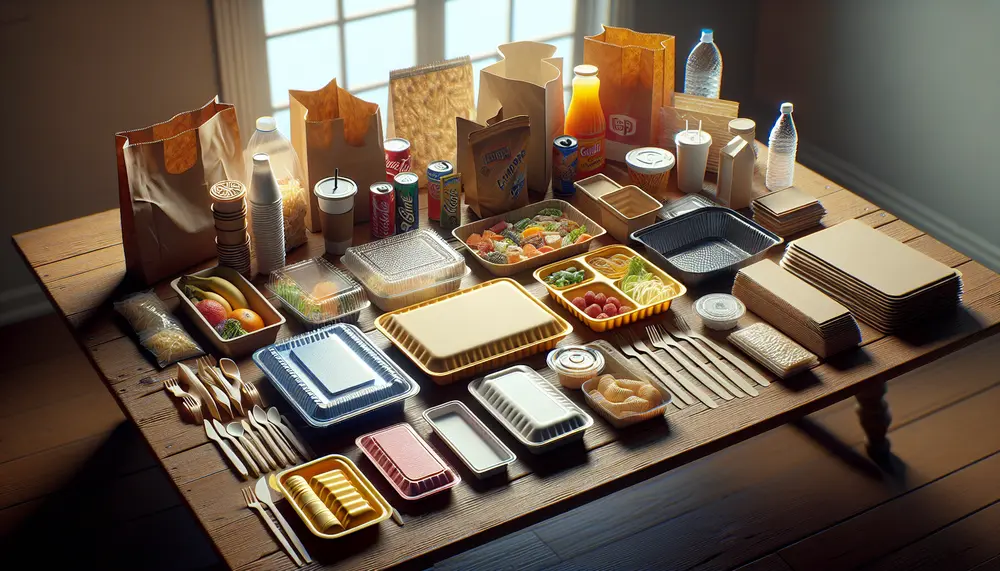
Demystifying Food Grade Packaging Material: What You Need to Know
Understanding Food Grade Packaging Material When we talk about food grade packaging material, we refer to packaging solutions that are safe for direc...
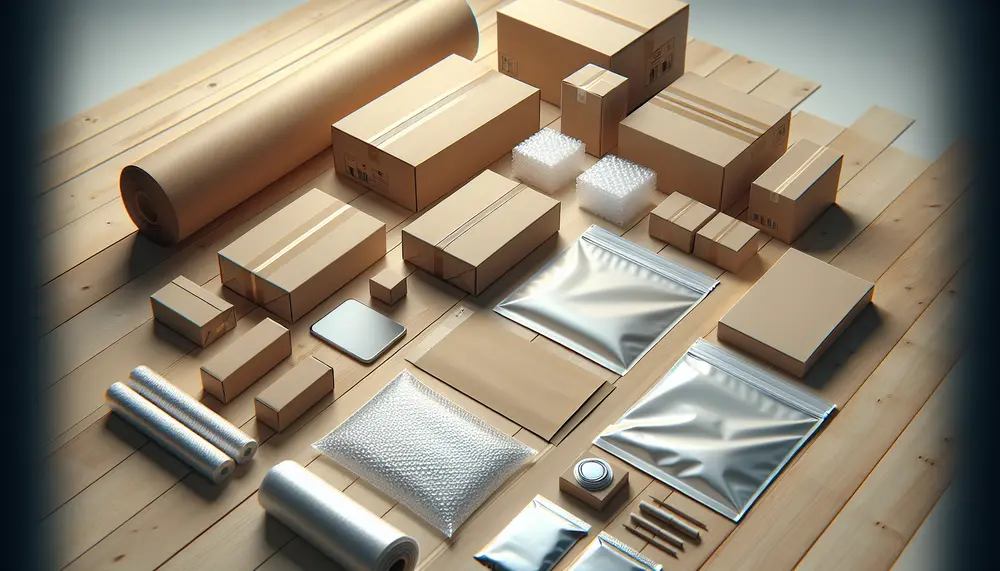
The Definition and Importance of Packaging in Marketing
Understanding Packaging Definition in Marketing When we consider the packaging definition within a marketing context, we refer to the process of desig...
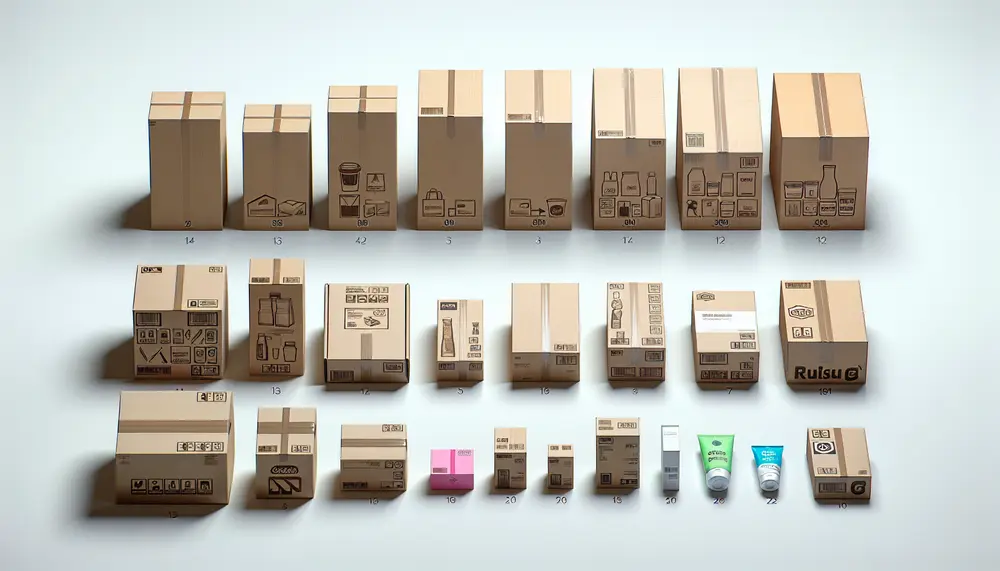
From Concept to Consumer: The Journey of Product Packaging
Understanding the Importance of Product Packaging Product packaging serves as more than just a container for goods. It is a critical element in the c...
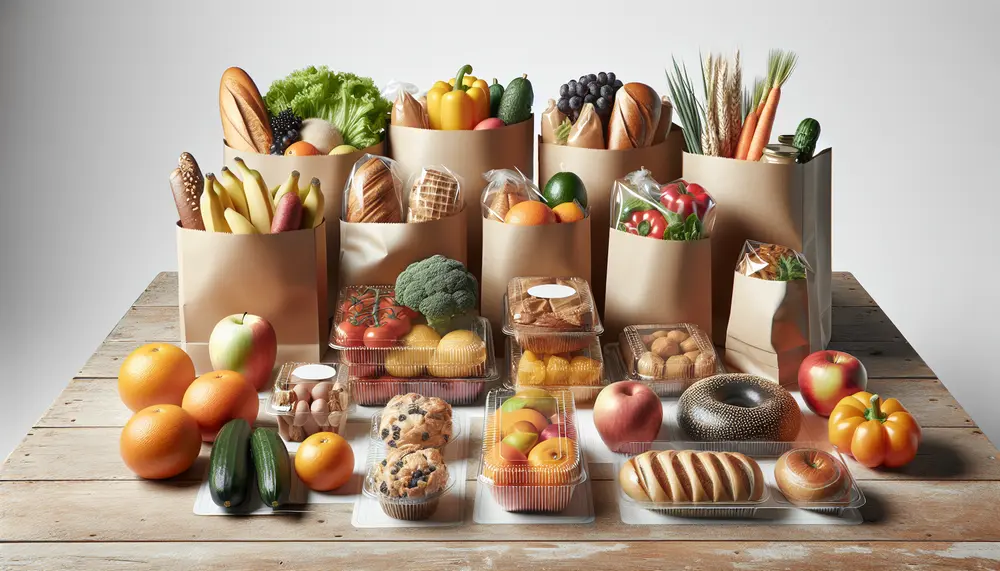
Deliciously Wrapped: Exploring the Role of Packaging in Food
The Importance of Packaging in Food Safety and Freshness Packaging plays a pivotal role in maintaining the safety and extending the shelf life of foo...
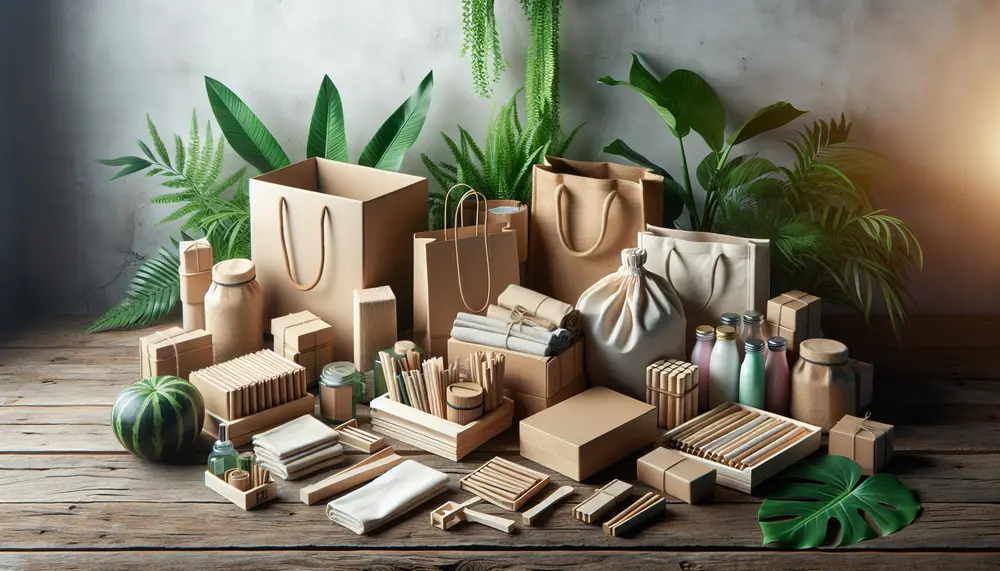
Go Green with Eco-Friendly Packaging: Promoting Environmental Sustainability
Understanding the Impact of Packaging on the Environment When we talk about packaging environmental concerns, it's crucial to begin by understanding h...

Transform Your Gift Boxes with Unique Packaging Designs
Transform Your Gift Boxes with Unique Packaging Designs Unveiling the potential of your gift boxes starts with embracing unique packaging designs. Thi...
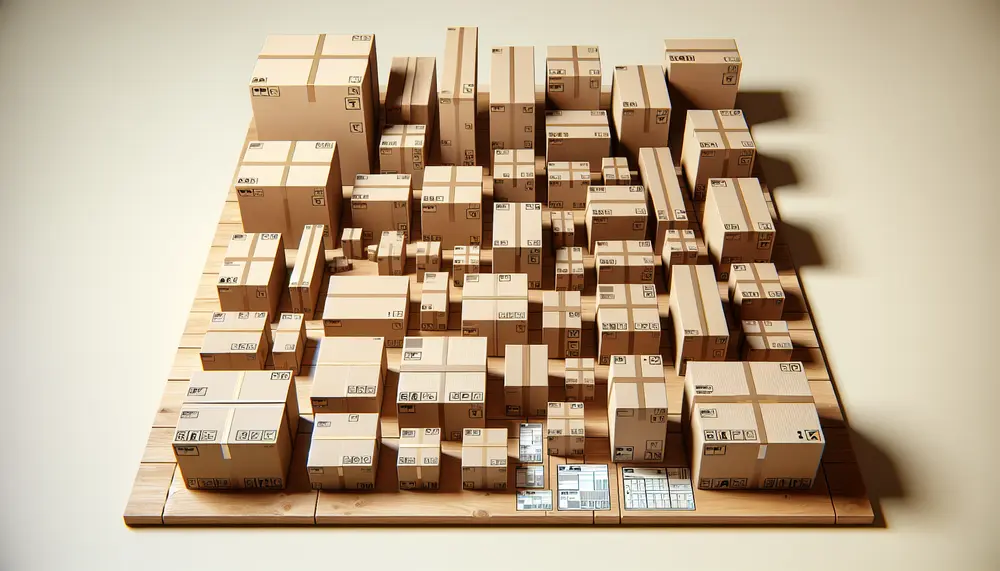
The Ultimate Guide to Packaging Boxes for Shipping
Understanding Packaging Boxes for Shipping When it comes to shipping products, the packaging box you choose is as critical as the item inside. It's no...

Exploring Different Types of Packaging Materials with Examples
Understanding the Basics of Packaging Materials When delving into the world of packaging materials, it's essential to grasp the underlying principles ...

Unveiling the Mysteries of Packaging: Frequently Asked Questions
Understanding the Basics of Packaging At its core, packaging serves a dual function—it not only protects products as they move from the manufacturer...
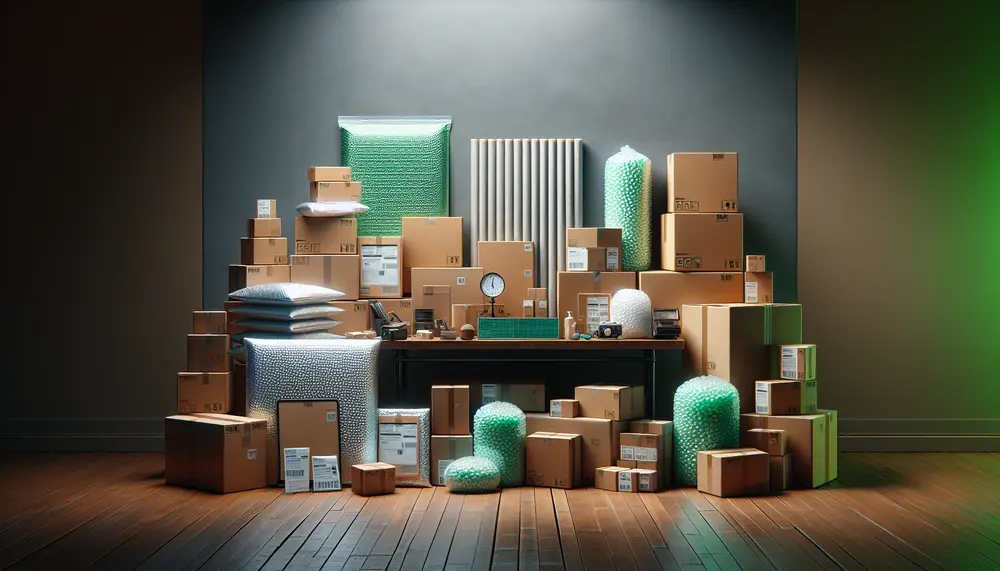
Exploring Different Types of Parcel Packaging
Understanding the Basics of Parcel Packaging When we dive into the world of parcel packaging, it's essential to grasp the essential components that pl...

Understanding Your Packaging Needs: A Comprehensive Guide
Understanding the Basics of Packaging Needs At the heart of every successful product is effective packaging. Understanding the basics of your packagin...
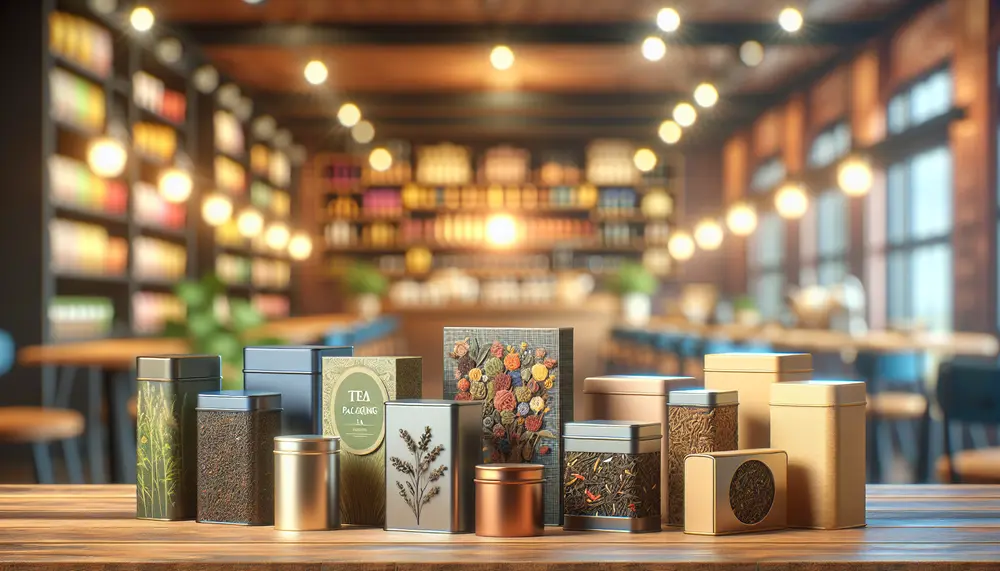
Steeped in Elegance: Elevate Your Tea Packaging
Understanding the Importance of Tea Packaging Design The packaging of tea is not just a protective shell; it's the silent ambassador of the brand, sp...

Craving Kebabs? Discover the Right Packaging
Understanding Kebab Packaging Essentials When it comes to packaging kebabs, the essential factors go beyond mere appearance. Durability, functionali...

Enhance Your Packaging with Creative Filler Options
Understanding Packaging Filler and Its Importance Packaging filler plays a vital role in the world of shipping and product presentation. It is the ma...

The Glazed Effect: Adding Shine and Protection to Packaging
Understanding the Glazed Effect in Packaging When you pick up a product off the shelf, the first thing that catches your eye is often its packaging. A...
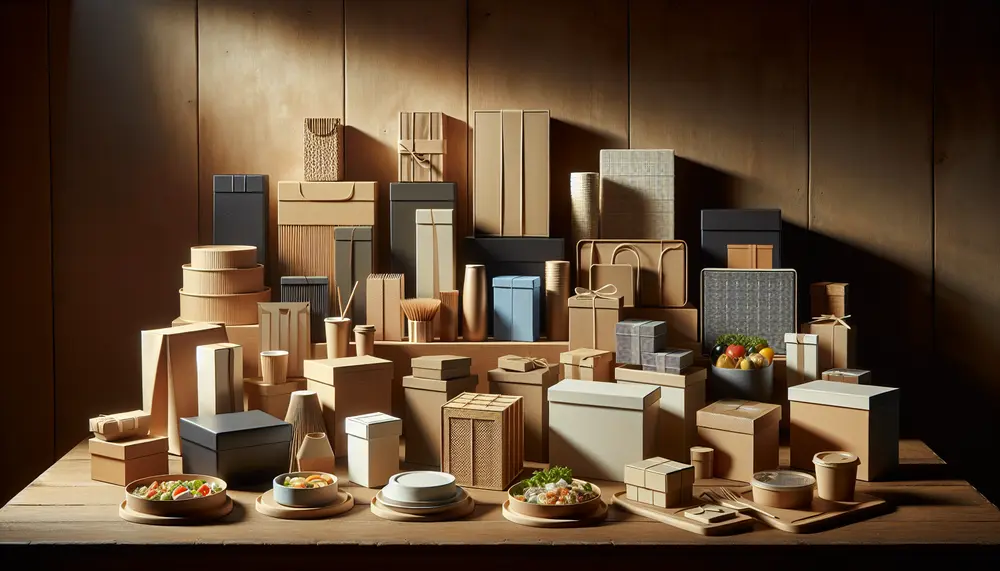
Catering Chic: Packaging Solutions for Every Event
Understanding Catering Packaging Essentials When we think about catering events, we often envision the delicious food and the beautiful presentation....

Budget-Friendly Brilliance: Affordable Packaging Solutions
Understanding Affordable Packaging Options When we talk about affordable packaging, we're exploring cost-effective solutions that do not compromise o...
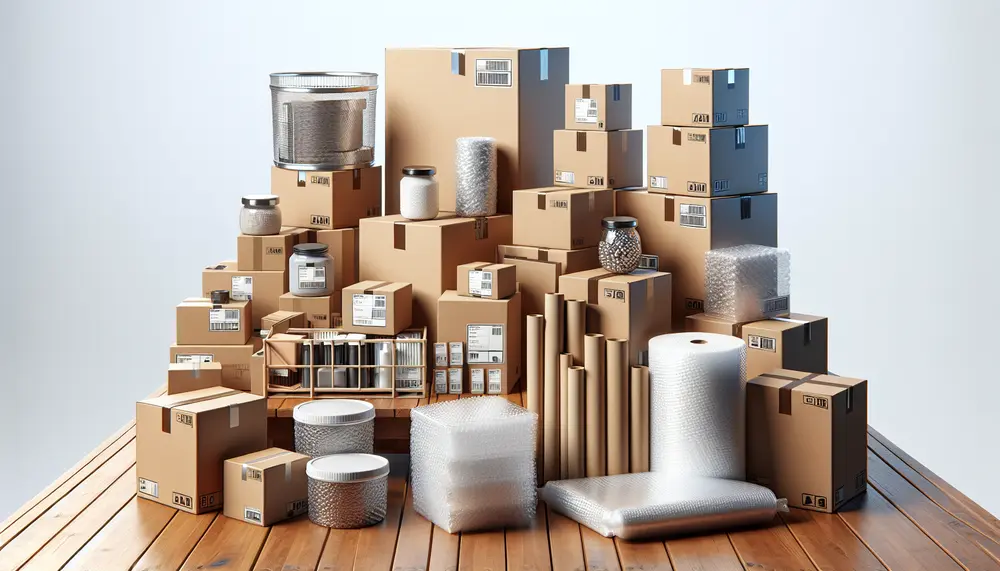
Dive into the World of Different Types of Packaging Materials
Understanding the Basics of Packaging Materials At the very foundation of product distribution and storage lies the choice of packaging materials. But...

Boxed In: Types of Packaging Box Materials
Understanding the Basics of Packaging Box Materials When embarking on a journey through the world of packaging, one of the fundamental steps is to gra...

Shipping Essentials: Types of Packaging Materials You Should Know
Understanding the Basics of Packaging Materials for Shipping Shipping a product isn't just about getting it from point A to point B—it's a critical...
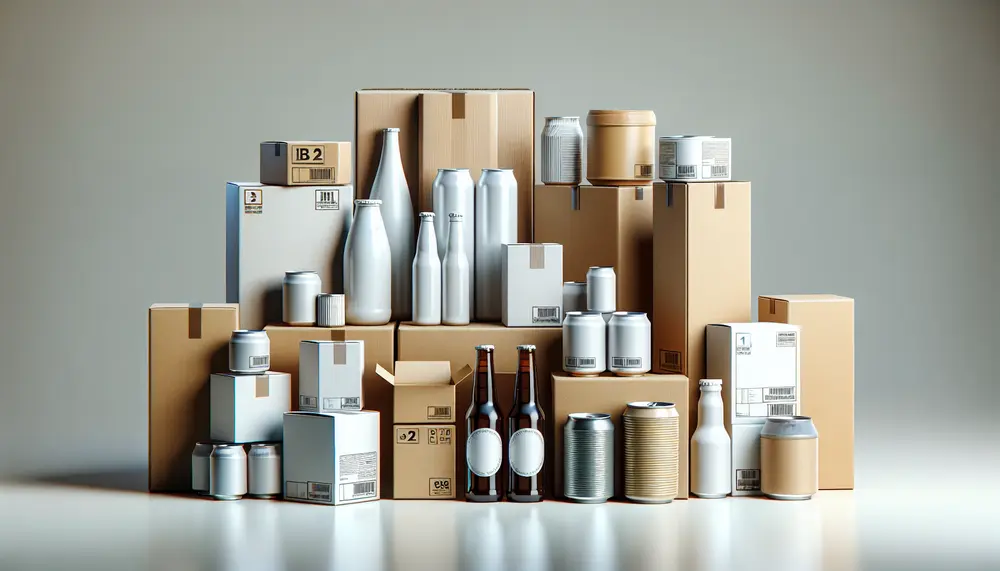
The Basics of Packaging Codes
Understanding Packaging HS Code and Its Importance The Harmonized System (HS) code is a globally recognized standard for classifying goods in interna...
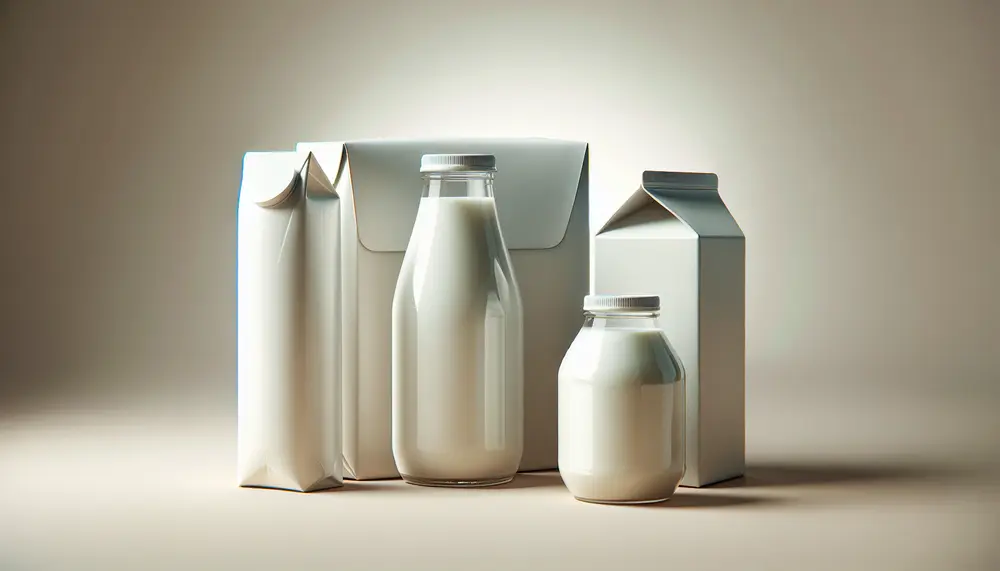
Exploring Different Types of Packaging Materials for Milk
Introduction to Milk Packaging Materials Welcome to our exploration of the diverse world of types of milk packaging material. Packaging plays a cruci...

Exploring Different Types of Packaging Materials for Jewelry
Understanding the Basics of Jewelry Packaging Materials When it comes to selecting the right types of jewellery packaging materials, understanding th...

The Ultimate Guide to Types of Packaging Materials for Food
Understanding the Basics of Food Packaging Materials When venturing into the world of food packaging, it's essential to start with a clear understand...
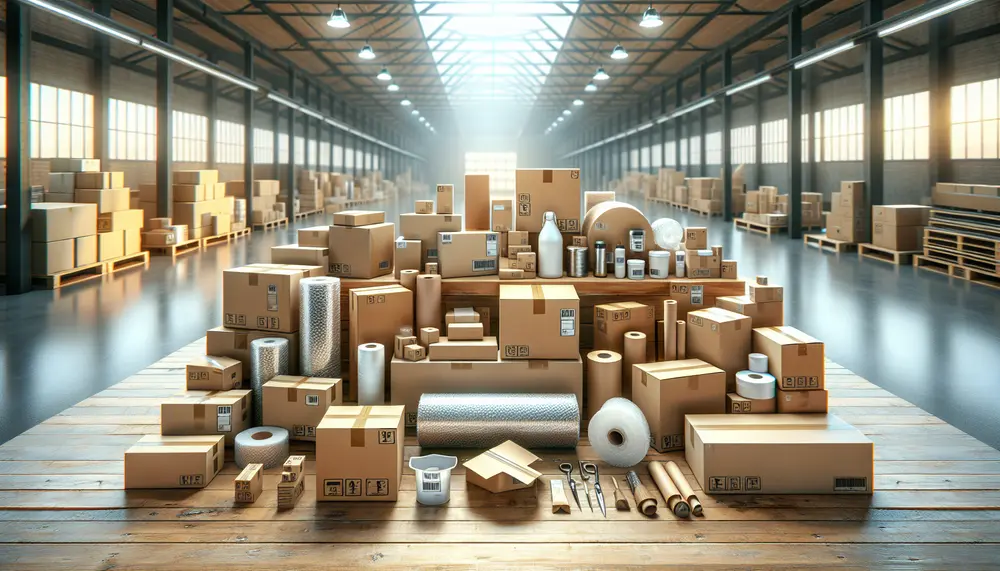
Leveraging Packaging Resources: Tools and Techniques for Success
Understanding Packaging Resources and Their Importance In the world of product distribution and sales, the role of packaging resources cannot be over...

Sweet Packaging Solutions for Your Delicious Cookies
Sweet Packaging Solutions for Your Delicious Cookies Are you looking for ways to make your cookies stand out and stay fresh? The proper packaging for...
Top 10 posts with this tag

Transform Your Gift Boxes with Unique Packaging Designs
Transform Your Gift Boxes with Unique Packaging Designs Unveiling the potential of your gift boxes starts with embracing unique packaging designs....

Leveraging Packaging Resources: Tools and Techniques for Success
Understanding Packaging Resources and Their Importance In the world of product distribution and sales, the role of packaging resources cannot be...

The Basics of Packaging Codes
Understanding Packaging HS Code and Its Importance The Harmonized System (HS) code is a globally recognized standard for classifying goods in...

Budget-Friendly Brilliance: Affordable Packaging Solutions
Understanding Affordable Packaging Options When we talk about affordable packaging, we're exploring cost-effective solutions that do not compromise on quality or...

Boxed In: Types of Packaging Box Materials
Understanding the Basics of Packaging Box Materials When embarking on a journey through the world of packaging, one of the fundamental...

Understanding Your Packaging Needs: A Comprehensive Guide
Understanding the Basics of Packaging Needs At the heart of every successful product is effective packaging. Understanding the basics of your...

Dive into the World of Different Types of Packaging Materials
Understanding the Basics of Packaging Materials At the very foundation of product distribution and storage lies the choice of packaging materials....

The Ultimate Guide to Types of Packaging Materials for Food
Understanding the Basics of Food Packaging Materials When venturing into the world of food packaging, it's essential to start with a...

Exploring Different Types of Packaging Materials for Milk
Introduction to Milk Packaging Materials Welcome to our exploration of the diverse world of types of milk packaging material. Packaging plays...

Go Green with Eco-Friendly Packaging: Promoting Environmental Sustainability
Understanding the Impact of Packaging on the Environment When we talk about packaging environmental concerns, it's crucial to begin by understanding...
